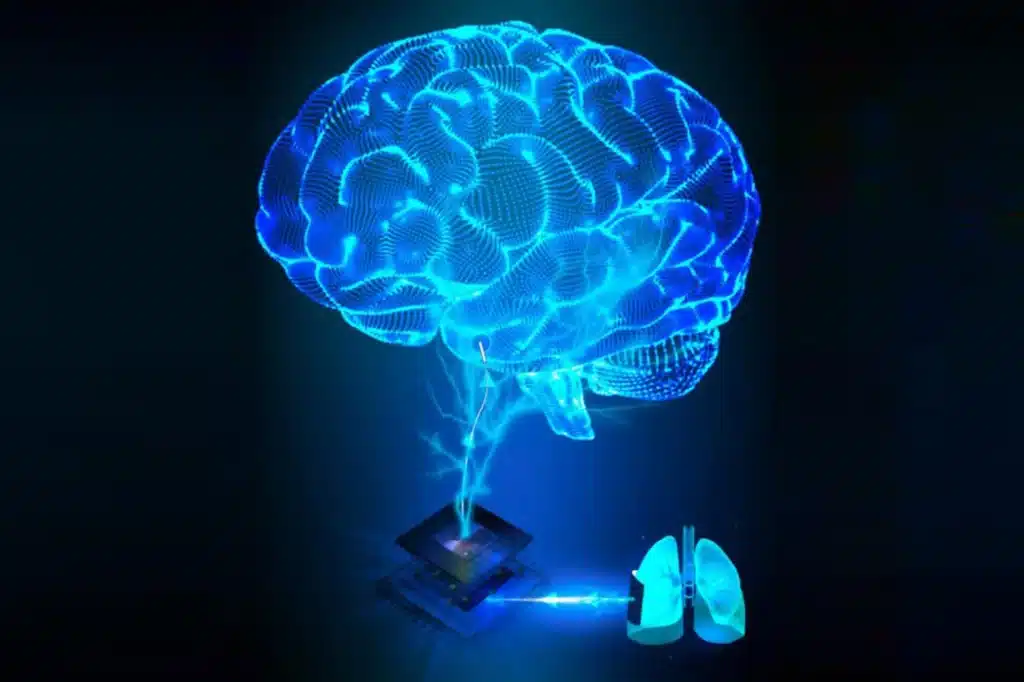- impianti which regulate electrical activity in the brain have been used for decades to treat Parkinson's symptoms. Research is developing new solutions to extend its functions and effectiveness.
A new design could greatly improve the use of a brain stimulator like these, thanks to special built-in triboelectric generators that convert a user's breathing into electricity.
How Deep Brain Stimulation Works
Deep brain stimulation involves implanting tiny wires into targeted areas of the brain to deliver mild electrical impulses, which work to correct the brain's abnormal electrical activity.
It is a technique approved by now 25 years ago, in 1997, for the treatment of tremors caused by Parkinson's. Recently, however, we have seen scientists adapt it to treat depression and impulsive behavior, with promising initial results.
Hundreds of thousands of patients each year receive a brain stimulator. The main device is placed under the chest, and its very thin branches travel to the brain. In their current form, the devices run on batteries that need to be replaced every two or three years, and each time a surgical procedure is needed to do so. Far too uncomfortable.

Fueled by the breath
A likely turning point has recently come from the new solutions adopted for the cardiac pacemaker. It is a device that has many points in common with a brain stimulator. Researchers have developed experimental pacemakers that can be powered by the body's muscles, for example, or even by the heartbeat itself.
Scientists at the University of Connecticut have also applied this principle to deep brain stimulation. Their creation is based on the triboelectric effect, in which some materials become electrically charged when they rub against each other, you know when you put on a sweater and get a shock?
The brain stimulator developed by the American team (I link you here the study published in the journal Cell Reports Physical Science) is able to collect energy through the respiratory movements of a person.
How is this new generation brain stimulator made?
The implant is made up of layers of materials triboelectrics which generate electricity from friction. This electricity charges a biocompatible supercapacitor, which in turn powers the brain stimulator.
“We created our tiny triboelectric generator thanks to new nanomaterials that trigger remarkable energy production when they come into contact with each other. More than enough energy to make the stimulator work,” says the study author Esraa Elsanadidy.
Breathing powered brain stimulator, the next steps
The team tested the device on a pig lung that could be inflated and deflated via a pump. This simulated breathing caused the triboelectric materials to rub off and generate electricity, which the stimulator exploited to create 60 electrical pulses per second. Impulses that successfully stimulated the brain tissue of a mouse.
“It's the first system in the world that brings everything together: energy harvesting, energy storage and brain stimulator,” says team member Islam Mosa.
The next step the researchers are working on is testing on large animals. If all goes well, in a short time we will obtain much more effective and easier to "wear" implants.


